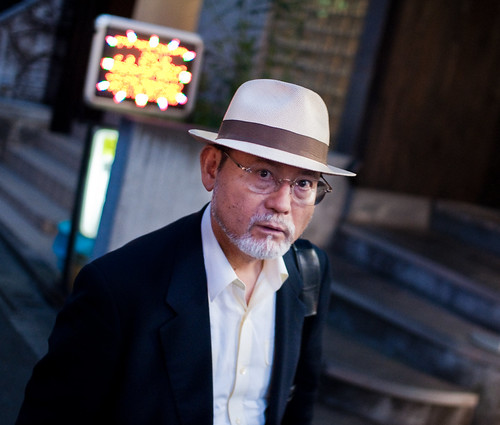Three months ago I visited South Korea, it was my second time visiting it. I think South Korea is more a country to live in for a while to truly enjoy it, that a country to visit briefly. It surprised me that South Korea has many similarities with my home country, Spain. Both countries have a similar population (around 50 million people), they have similar GDP (South Korea’s GDP being a little lower) and both have experienced an astounding economic development in the last 20-30 years. Korean multinational companies like Daewoo, Samsung or LG are slowly eating global marketshare to the big Japanese corporations.
When I have been to Incheon airport near Seoul it looked to me like one of the best airports I’ve been in my life. Next to the airport a new international business center is being developed. Known as “Incheon business hub“, it hosts multiple corporations, startup offices, museums, universities, research institutes… It looks like a great start to develop something that could be in the future an Asian Silicon Valley. One of the inconvenients of the airport, which is about to be solved during this year, is that there is no direct railway from Incheon airport to downtown Seoul.
I love Seoul, it is a city with a great atmosphere where you can spend many days having fun. The main tourist atraction in Seoul is Gyeongbokgung Palace, which although it isn’t as stunning has the forbidden city in Beijing, it’s pretty impressive. The Korean architectural feel is somewhere in the middle between Chinese and Japanese architectural styles.
Most of the Japanese people that travel to South Korea only do it to go shopping (it’s relatively cheap compared to Japan) and to enjoy Korean food. Japanese people are crazy about Korean food, specially Korean yakiniku (barbecued meat), kimchi, samgyeopsal, burkogi… I really enjoyed the food but maybe sometimes it was a little too spicy for me, almost everything is spicy!

Alberto and Marc enjoying South Korea.

Alberto, Flapy, Albert, Elisabet, Marc and me at the summit of a mountain near Seoul.














































